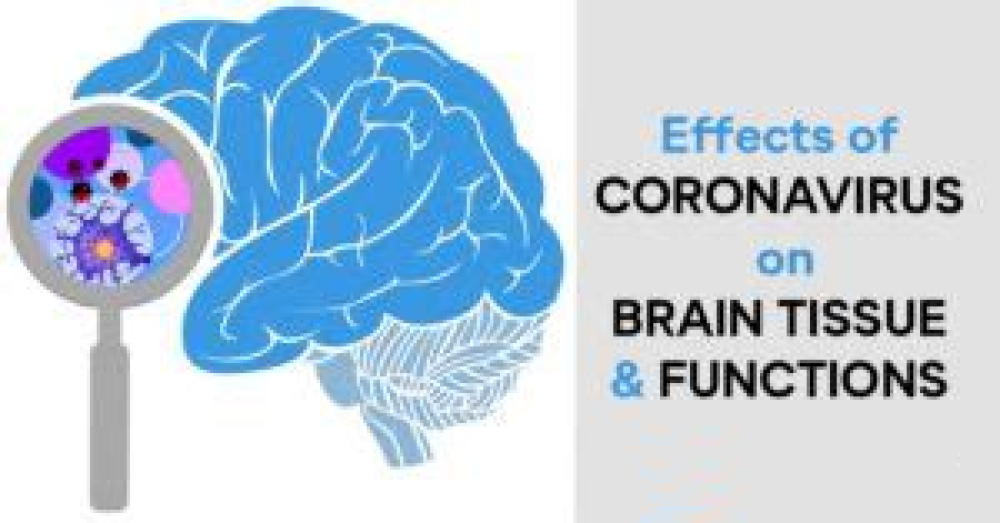Authors: Julie Helms, M.D., Ph.D., Stéphane Kremer, M.D., Ph.D., Hamid Merdji, M.D., Raphaël Clere-Jehl, M.D., Malika Schenck, M.D., Christine Kummerlen, M.D., Olivier Collange, M.D., Ph.D., Clotilde Boulay, M.D., Samira Fafi-Kremer, Pharm.D., Ph.D., Mickaël Ohana, M.D., Ph.D., Mathieu Anheim, M.D., Ph.D. Strasbourg University Hospital, Strasbourg, France, Ferhat Meziani, M.D., Ph.D.
University of Strasbourg, Strasbourg, France
Reported here are the neurologic features in an observational series of 58 of 64 consecutive patients admitted to the hospital because of acute respiratory distress syndrome (ARDS) due to Covid-19. The patients received similar evaluations by intensivists in two intensive care units (ICUs) in Strasbourg, France, between March 3 and April 3, 2020.
Six patients were excluded because of paralytic neuromuscular blockade when neurologic data were collected or because they had died without a neurologic examination having been performed. In all 58 patients, reverse-transcriptase–polymerase-chain-reaction (RT-PCR) assays of nasopharyngeal samples were positive for severe acute respiratory syndrome coronavirus 2 (SARS-CoV-2). The median age of the patients was 63 years, and the median Simplified Acute Physiology Score II at the time of neurologic examination was 52 (interquartile range, 37 to 65, on a scale ranging from 0 to 163, with higher scores indicating greater severity of illness). Seven patients had had previous neurologic disorders, including transient ischemic attack, partial epilepsy, and mild cognitive impairment.
The neurologic findings were recorded in 8 of the 58 patients (14%) on admission to the ICU (before treatment) and in 39 patients (67%) when sedation and a neuromuscular blocker were withheld. Agitation was present in 40 patients (69%) when neuromuscular blockade was discontinued (Table 1). A total of 26 of 40 patients were noted to have confusion according to the Confusion Assessment Method for the ICU; those patients could be evaluated when they were responsive (i.e., they had a score of −1 to 1 on the Richmond Agitation and Sedation Scale, on a scale of −5 [unresponsive] to +4 [combative]). Diffuse corticospinal tract signs with enhanced tendon reflexes, ankle clonus, and bilateral extensor plantar reflexes were present in 39 patients (67%). Of the patients who had been discharged at the time of this writing, 15 of 45 (33%) had had a dysexecutive syndrome consisting of inattention, disorientation, or poorly organized movements in response to command.
For More Information: https://www.nejm.org/doi/full/10.1056/NEJMc2008597
